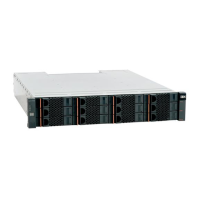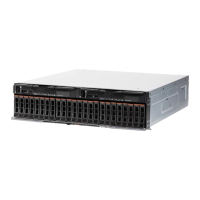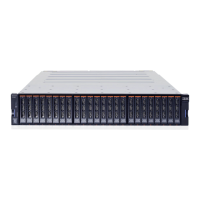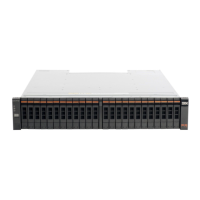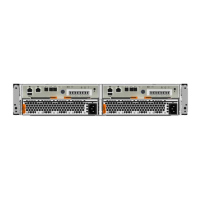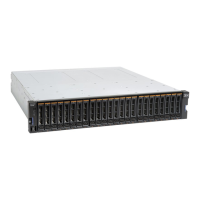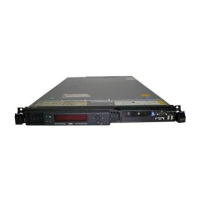494 IBM Flex System V7000 Storage Node Introduction and Implementation Guide
Fibre Channel combines the best characteristics of traditional I/O channels with those of
computer networks:
High performance for large data transfers by using simple transport protocols and
extensive hardware assists
Serial data transmission
A physical interface with a low error rate definition
Reliable transmission of data with the ability to guarantee or confirm error free delivery of
the data
Packaging data in packets (frames in Fibre Channel terminology)
Flexibility in terms of the types of information which can be transported in frames (such as
data, video and audio)
Use of existing device oriented command sets, such as SCSI and FCP
A vast expansion in the number of devices which can be addressed when compared to I/O
interfaces; a theoretical maximum of more than 15 million ports
It is this high degree of flexibility, availability, and scalability; the combination of multiple
protocols at high speeds over long distances; and the broad acceptance of the Fibre Channel
standards by vendors throughout the IT industry, which makes the Fibre Channel architecture
ideal for the development of enterprise SANs.
For further information about Fibre Channel layers and SAN networking, see Introduction to
Storage Area Networks and System Networking, SG24-5470.
11.5.2 Fibre Channel topologies
Fibre Channel provides three distinct and one hybrid interconnection topologies. By having
more than one interconnection option available, a particular application can choose the
topology that is best suited to its requirements.
The three Fibre Channel topologies are:
Point-to-point: The point-to-point topology consists of a single connection between two
nodes. All the bandwidth is dedicated to these two nodes.
Arbitrated loop: In the loop topology, the bandwidth is shared between all the nodes
connected to the loop. The loop can be wired node-to-node; however, if a node fails or is
not powered on, the loop is out of operation. It is overcome by using a hub. A hub opens
the loop when a new node is connected, and closes it when a node disconnects. Although
more popular a number of years ago when FC speeds were slower, this topology is rarely
used now.
Switched or fabric: A switch allows multiple concurrent connections between nodes. There
can be two types of switches: circuit switches and frame switches. Circuit switches
establish a dedicated connection between two nodes, where as frame switches route
frames between nodes and establish the connection only when needed. It is also known
as switched fabric.
The point-to-point topology is used within the IBM Flex System Enterprise Chassis switch
between the compute node and the I/O Module FC switch. Also between the switch and IBM
Flex System V7000 Storage Node. The switch or fabric topology is used between the IBM
Flex System Enterprise Chassis switches and external FC SAN.
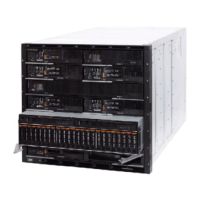
